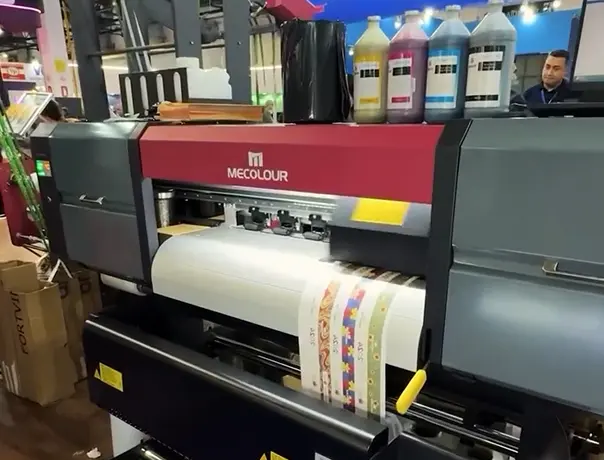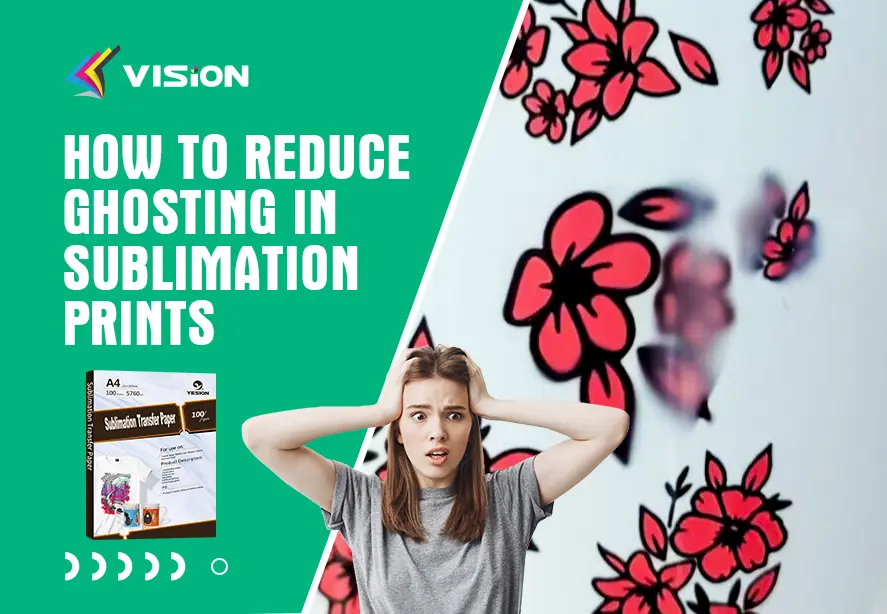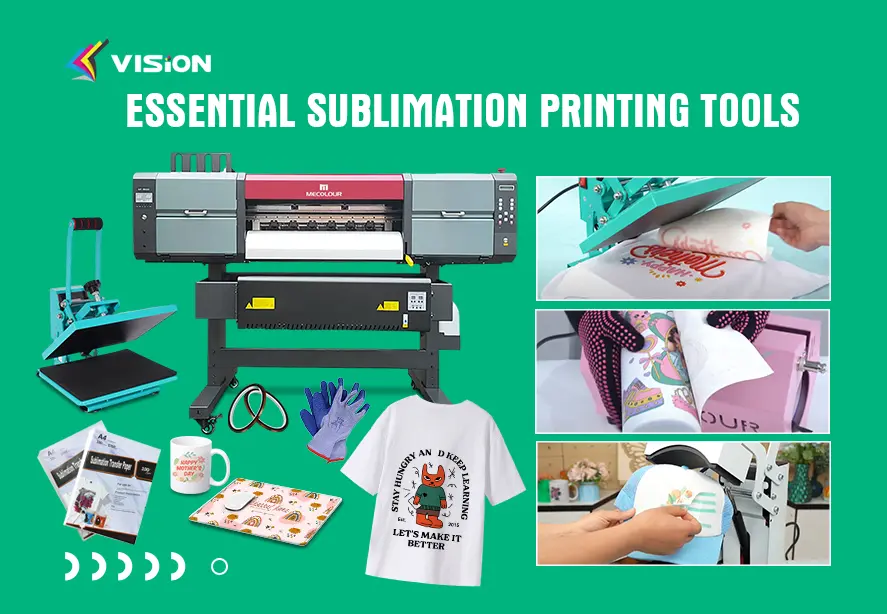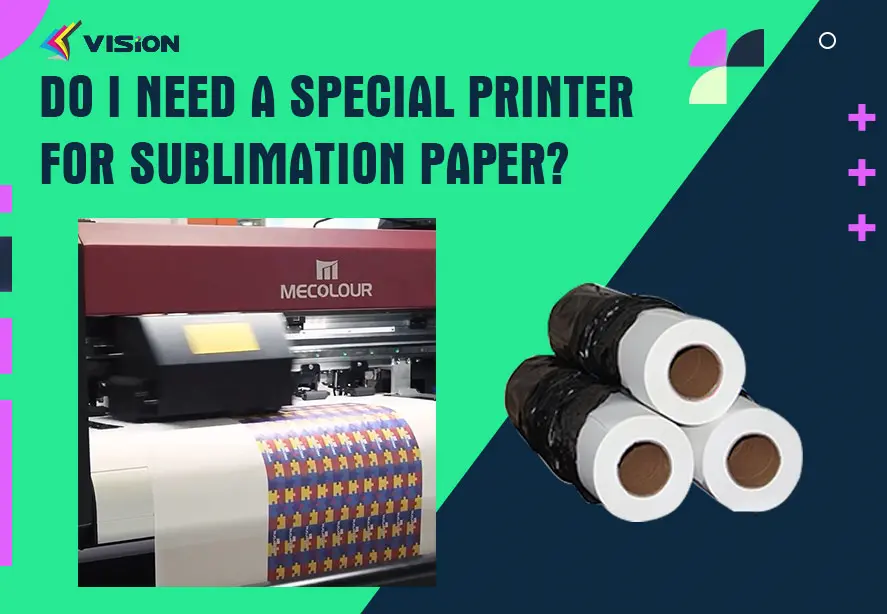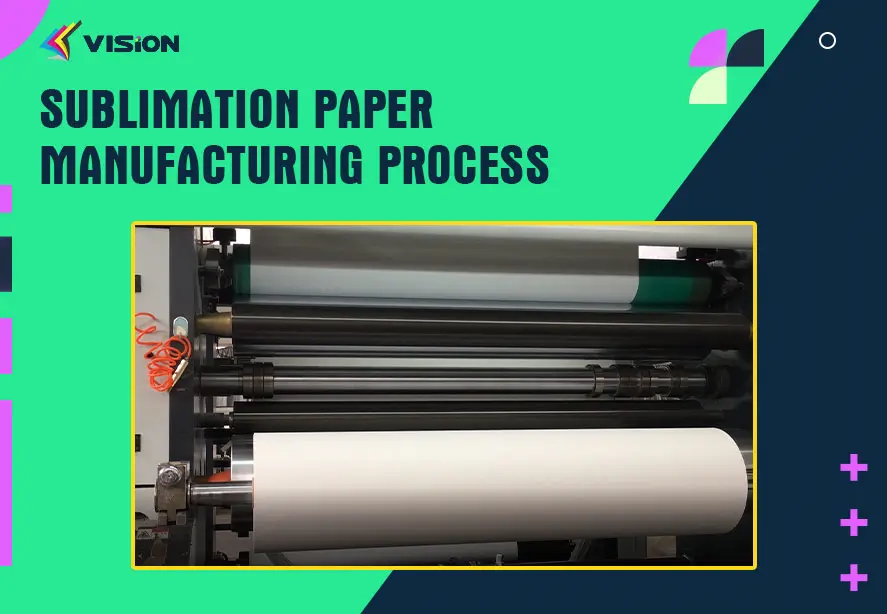What happens if you use regular ink on sublimation paper?

Sublimation printing is a popular method for transferring vibrant and durable images onto various substrates, including fabrics, ceramics, and metals. This technique relies on specialized sublimation ink and paper to achieve its stunning results. But what happens if you use regular ink instead? In this blog, we’ll explore the consequences of using standard ink on sublimation paper and why it’s essential to use the right materials for sublimation printing.
Understanding Sublimation Printing
Before diving into the effects of using regular ink, let’s briefly understand how sublimation printing works:
- Heat Transfer: Sublimation ink is heated until it turns into gas, allowing it to penetrate the substrate.
- Permanent Bond: As the gas cools, it solidifies and forms a permanent bond with the material, resulting in vibrant, long-lasting prints.
Why Sublimation Ink Matters
Sublimation ink is specially formulated to work with sublimation paper and to react appropriately during the heat transfer process. It has unique properties that allow it to vaporize and bond with the substrate, resulting in high-quality, durable images.
Consequences of Using Regular Ink on Sublimation Paper
1. Poor Print Quality
Using regular ink (like dye or pigment ink) on sublimation paper can result in poor print quality. The colors may appear dull, washed out, or inaccurately represented. Regular inks do not have the same vibrancy or clarity as sublimation inks, leading to disappointing results.
2. Ineffective Transfer
Regular ink is not designed to sublimate. When heated, it will not vaporize and bond with the substrate effectively. This means that even if you manage to print your design, the transfer process will fail, resulting in faded or incomplete images.
3. Smudging and Running
Sublimation paper is coated to absorb sublimation ink, allowing it to release the ink during the heating process. Regular inks do not behave the same way, which can lead to smudging or running. This makes the printed images unusable and messy.
4. Increased Cost and Waste
Using regular ink can lead to wasted materials and increased costs. If the transfer fails, you may need to redo the entire process, using more sublimation paper and more of your substrate. This not only wastes money but also time.
5. Limited Color Range
Regular inks often have a more limited color range compared to sublimation inks. This means that even if you manage to print and transfer an image, the colors may not be as vibrant or true to the original design.
Using regular ink on sublimation paper significantly undermines the advantages of sublimation printing. From compromised print quality to ineffective transfers, the results can be frustrating and costly. For the best outcomes in sublimation printing, always use the appropriate sublimation ink and paper.
By investing in the right materials, you ensure vibrant, durable, and professional-looking results that can stand the test of time. If you’re serious about sublimation printing, don’t cut corners—choose the right ink for stunning, high-quality prints!
Related:
Is DTF ink the same as sublimation ink?
The Difference Between Dye Sublimation Ink and DTF Ink?


